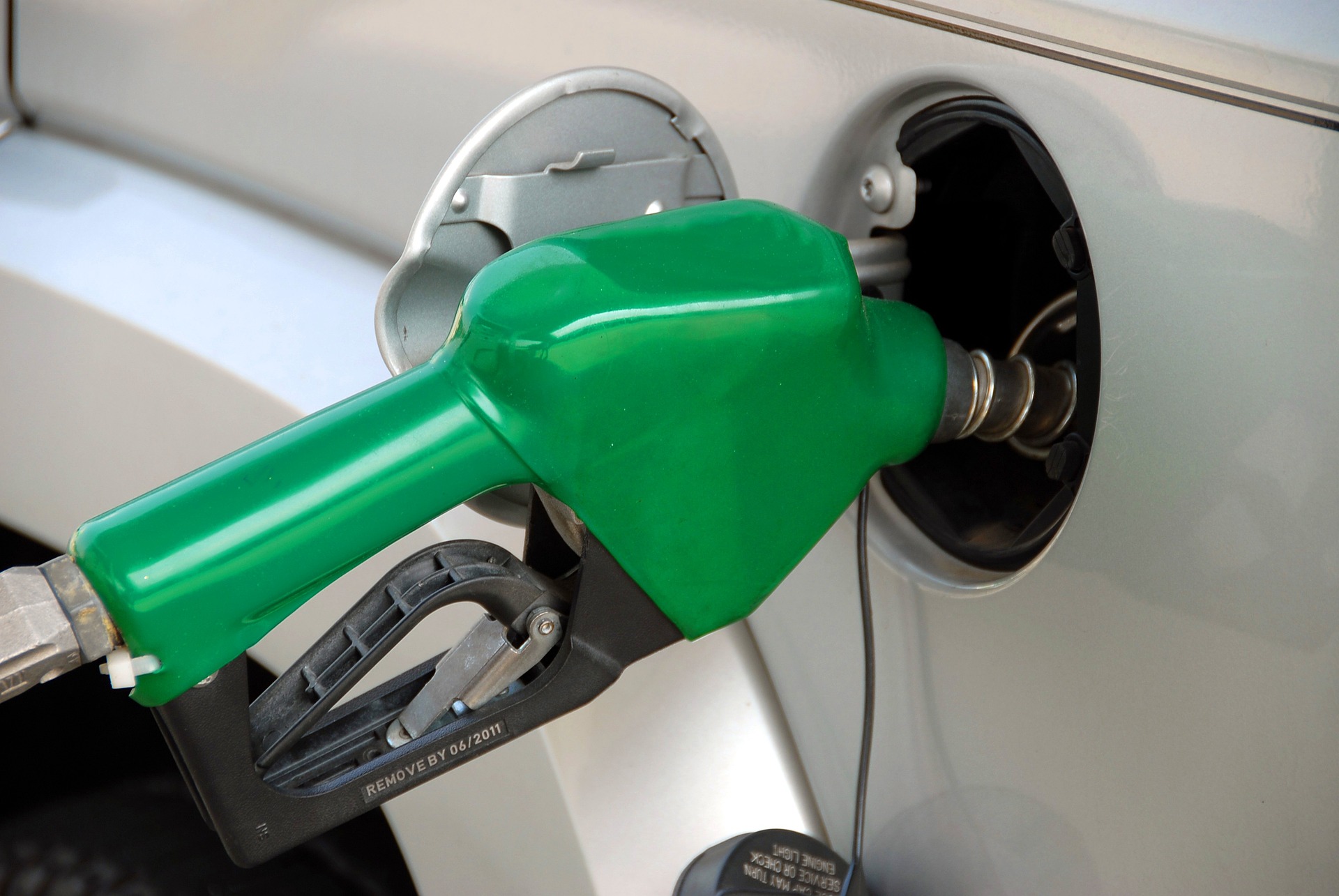You Accidentally Put Gas in a Diesel Tank: Now What?
Lately, there are more and more stories appearing online about vehicle owners putting the wrong type of fuel in their tank. Sometimes, it’s a distracted or fatigued driver that causes the mix-up.
Other times, a teenager who doesn’t have a lot of experience at filling stations is responsible. It doesn’t help that fuel pumps today aren’t as standardized as they used to be, especially in the States. It could even be a gas station attendant who makes the error.
If you mistakenly put a small amount of diesel in a gas vehicle, it’s usually fine.
With a larger volume of diesel, though, you may need to clean or replace your fuel injectors. This is because diesel is thicker than gas and can clog your fuel system.
But what if you accidentally put gas in a diesel vehicle? That’s a much bigger worry. Here’s why.

Image by Paul Brennan from Pixabay
What’s the Difference Between Gas and Diesel Fuel?
Before we get into how you should handle inadvertently filling up with the wrong kind of fuel, let’s review the differences between gas and diesel.
Both types of fuel come from the same source: crude oil, found in the ground and beneath the sea. But gas is more refined, making it both thinner and more volatile.
Here are some other differences between the two:
- There are three types of gas typically found at the pump based on their octane level. The higher the octane number, the more compression the gas can withstand in your engine.
- There are two types of diesel: clear diesel and dyed diesel. Only the former is allowed for street use.
- The combustion reaction is different in a vehicle’s engine, with diesel relying more on compression to ignite versus the spark plugs used for gas.
- Gas can produce more horsepower quickly, but diesel typically produces more energy from the same amount of fuel because it burns more slowly.
- Diesel engines require fewer moving parts, so they tend to be more reliable and last longer.
What If You Accidentally Put Gas in a Diesel Tank?
So, now you know a little more about how gas and diesel differ. But what happens if you accidentally put gas in a diesel truck or car?
Diesel provides greater lubrication for the engine. In contrast, the solvent-like consistency of regular gas could strip the engine of its ability to function smoothly.
We mentioned above that the combustion reaction occurs differently when using diesel fuel. Remember, gasoline has higher combustibility than diesel. The gas could ignite earlier than diesel would, causing engine overheating, seizing, back smoke from the exhaust, or even a fire.
At best, your entire fuel system would be compromised if you use gas in a diesel vehicle. How bad would that be?
It often depends on the age of the car or truck. Older vehicles can frequently withstand a little gas, provided the situation is recognized right away and driving ceases. Your chances are even better if you don’t start the engine at all.
Tow the vehicle to a Nanaimo, BC diesel specialist. There, the mechanic will drain and flush the fuel tank, along with the fuel pump and lines. Any filters will be replaced.
If the vehicle is newer or if you drive any distance before realizing the fueling error, you may not be so lucky. Your mechanic may have to remove and replace every component of the fuel system — a job that can run into thousands of dollars.
Auto insurance typically doesn’t cover this disaster without having a rider specifically for misfuelling. If you have a young driver in the household, operate fleet vehicles, or often rely on service station attendants to fuel your diesel vehicle, it may be worth investing in such a rider.
How to Prevent Filling Up with the Wrong Type of Fuel
The best protection against accidentally putting gas in your diesel van or truck is to avoid the mistake altogether. You can’t always rely on nozzles being incompatible. Use these tips to make sure you pump diesel every time:
- In Canada, diesel pumps are usually yellow labelled with yellow pump handles. But occasionally, they can be green or black, especially at some older stations in rural areas. Always double-check to make sure the pump says “diesel.”
- Pump labelling can be even more confusing south of the border. If you fill up in the states, you must also check the pump label and not simply go by the colour. Don’t assume that because a nozzle fits your diesel tank, the pump must be diesel.
- Teach new drivers in your household or new employees working for you to be attentive at the pump. Walk through a routine they should do every time they fill up to ensure they get the right fuel.
- You may find yourself at a station where someone else must fill your tank for you. Petro-Canada still has full-service stations for convenience. And some locales in the US require full service. Make sure the attendant knows you have a diesel vehicle and pay attention to the pump they select.
- Ask your diesel mechanic if installing a misfuelling prevention device will work with the make and model of your vehicle. This is an insert that makes it impossible to use a standard nozzle.
Reach Us
Office Hours
Mon – Fri | 8:00am – 5:00pm
Sat – Sun | Closed


